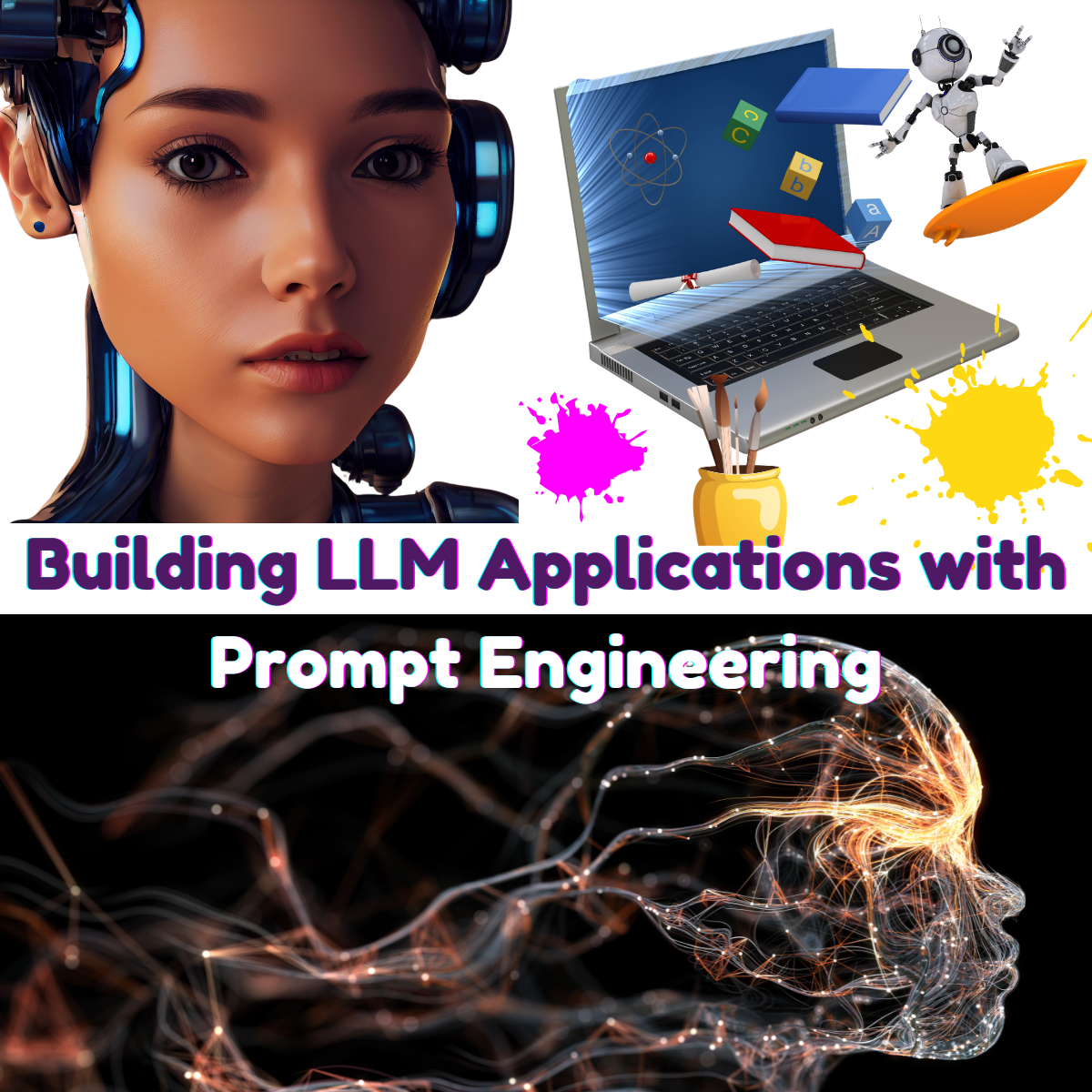Posted At: Aug 20, 2025 - 350 Views

Building LLM Applications with Prompt Engineering
In the rapidly evolving landscape of artificial intelligence, Large Language Models (LLMs) like GPT-4 have emerged as powerful tools for a variety of applications, ranging from content generation to conversational agents. One of the keys to unlocking the full potential of these models lies in the art and science of prompt engineering. In this blog post, we'll explore what prompt engineering is, why it matters, and how to effectively apply it to build LLM applications.
What is Prompt Engineering?
Prompt engineering refers to the process of designing and refining the input prompts given to an LLM to elicit the desired responses. Since LLMs generate output based on the input they receive, the structure, wording, and context of these prompts play a crucial role in determining the quality and relevance of the responses.
Why Does Prompt Engineering Matter?
- Improves Response Quality: Well-crafted prompts can significantly enhance the relevance, coherence, and accuracy of the model’s output.
- Guides Model Behavior: By framing prompts effectively, developers can steer the model’s behavior towards specific tasks or styles, ensuring that the output aligns with user expectations.
- Reduces Ambiguity: Clear and specific prompts minimize the chances of misunderstandings, making it easier for the model to provide focused answers.
Steps to Effective Prompt Engineering
1. Define Your Objective
Before crafting a prompt, clarify what you want the LLM to achieve. Are you looking for creative writing, technical explanations, or conversational responses? Knowing your goal will guide your prompt design.
2. Start Simple and Iterate
Begin with a straightforward prompt. For example, if your goal is to generate a blog post about climate change, your initial prompt might simply be:
“Write a blog post about climate change.”
From here, you can refine the prompt based on the responses you receive. Experiment with different phrasing and structures to see what yields the best results.
3. Use Contextual Cues
Incorporating context can dramatically improve the relevance of the output. Provide background information or specific instructions to help the model understand the scope of the task. For example:
“Write a blog post for a general audience about the causes and effects of climate change, including recent scientific findings.”
4. Experiment with Format
Sometimes, changing the format of your prompt can lead to better results. Consider using bullet points, questions, or specific formats like “List the pros and cons of…” or “Create a dialogue between two characters discussing…”
5. Leverage Examples
Providing examples in your prompt can guide the model towards the desired style or tone. For instance:
“Write a blog post about climate change. Here’s an example of the tone I’m looking for: [insert a short example].”
6. Use Constraints Wisely
Setting constraints can help the model focus on specific aspects of a topic. For example:
“Write a 300-word blog post about climate change, focusing only on its impact on polar bears.”
7. Evaluate and Refine
After receiving output, assess its quality against your original objective. Did it meet your needs? If not, adjust your prompt and try again. This iterative process is crucial for effective prompt engineering.
Tools and Resources
To facilitate your prompt engineering efforts, consider using tools like:
- OpenAI Playground: Experiment with prompts and see real-time responses from the model.
- Prompt Design Templates: Create standardized prompts for recurring tasks.
- Community Forums: Engage with other developers and researchers to share tips and tricks.
Real-World Applications
1. Content Generation
From blog posts to marketing copy, LLMs can assist in generating high-quality written content. Effective prompt engineering ensures the content is relevant, engaging, and tailored to your audience.
2. Customer Support
LLMs can power chatbots that provide customer support. Well-designed prompts can guide the model in addressing common inquiries, improving user satisfaction.
3. Educational Tools
Applications that provide tutoring or explanations can benefit from prompt engineering. Tailoring prompts to target specific learning objectives can enhance educational outcomes.
4. Creative Writing
Writers can use LLMs as brainstorming partners. Prompts that specify themes, genres, or character traits can inspire new stories and ideas.
Conclusion
Prompt engineering is a vital skill for anyone looking to harness the power of LLMs effectively. By understanding the nuances of prompt design and iterating based on feedback, developers can create applications that not only meet user needs but also push the boundaries of what LLMs can achieve. As AI continues to advance, mastering prompt engineering will be essential in shaping the future of human-computer interaction. Happy prompting!
